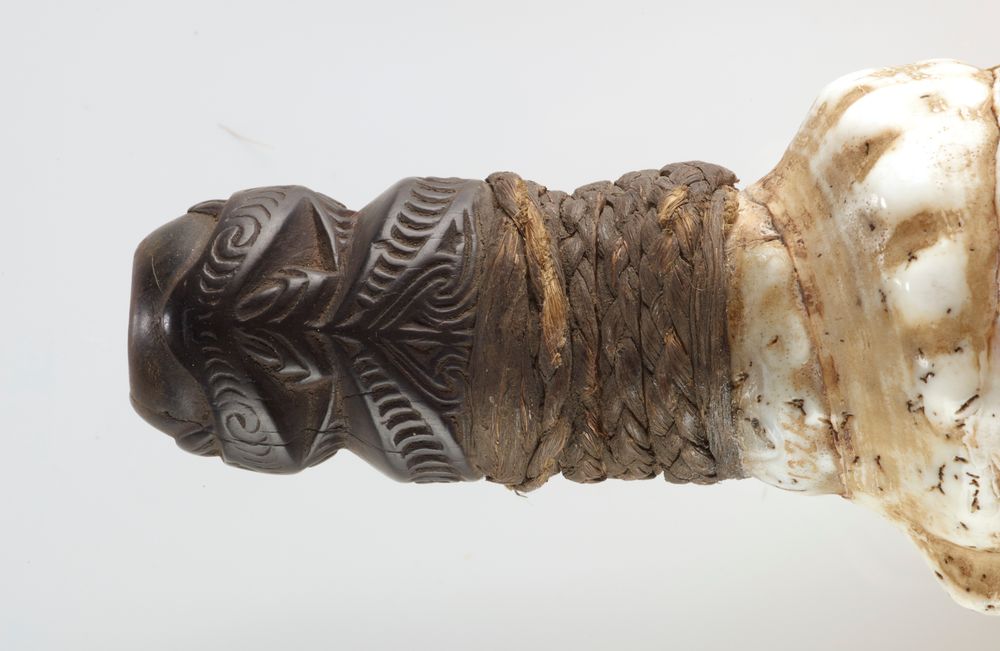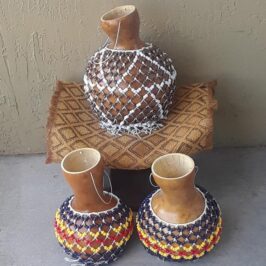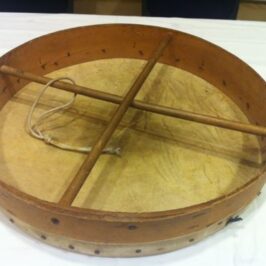Music instruments and ceremonial instruments, while often conflated, serve distinct functions within human culture. The former primarily function as tools for artistic expression and entertainment, whereas the latter hold profound spiritual and cultural significance.
Music Instruments: Tools for Aesthetic Expression

Music instruments are designed to produce sound for aesthetic and entertainment purposes. Their creation is typically a blend of art and science, with instrument makers focusing on factors such as tone quality, play-ability, and durability. The emphasis is on the instrument’s capacity to evoke emotional responses and contribute to musical compositions.
The evolution of music instruments is often driven by technological advancements, artistic innovation, and changing musical tastes. From the early, simple flutes and drums to the complex orchestral instruments of today, music instruments have mirrored the development of human societies.
Ceremonial Instruments: Sacred Cultural Artifacts
Ceremonial instruments transcend mere sound production, serving as integral components of religious rituals, cultural ceremonies, and spiritual practices. Their creation is often imbued with deep cultural and spiritual significance.
Unlike music instruments, which prioritize sound quality and playability, ceremonial instruments are primarily valued for their symbolic and ritualistic roles. The choice of materials, construction process, and ornamentation is often dictated by religious beliefs, mythological narratives, or traditional customs. For instance, the use of specific woods, animal hides, or precious metals may be prescribed by sacred texts or oral traditions.

The creation of ceremonial instruments can be a complex and time-consuming process, often involving skilled artisans and spiritual leaders. These instruments are frequently associated with specific deities, ancestral spirits, or cosmic forces, and their use is often restricted to trained practitioners or members of particular social groups.
- Material Selection: The choice of materials is seldom arbitrary, frequently dictated by cultural beliefs and symbolism. Natural materials, such as wood, animal hides, and stones, are often preferred due to their perceived spiritual properties.
- Construction Process: The creation of ceremonial instruments often involves intricate rituals and prayers to imbue the instrument with spiritual power. Traditional craftsmanship techniques are meticulously followed to preserve cultural heritage. Minimal use of power tools can also be a integral aspect of the creation process. .
- Symbolic Significance: Every element of a ceremonial instrument, from its shape to its decoration, carries symbolic meaning. These symbols connect the instrument to the spiritual realm and enhance its efficacy in ceremonial contexts.
The Interplay Between the Two
While distinct, the categories of music instruments and ceremonial instruments are not mutually exclusive. Many instruments have evolved from ceremonial origins into secular use, and conversely, some music instruments have acquired ceremonial significance in specific cultural contexts.
For example, the drum, which originated as a ceremonial instrument in many cultures, has become a ubiquitous element in various musical genres. Similarly, certain flutes and harps, originally used in religious contexts, have been adapted for concert performance.

The interplay between music instruments and ceremonial instruments reflects the dynamic nature of human culture. As societies evolve, so too do their relationships with sound and its associated artifacts. The study of these instruments provides valuable insights into the complex interplay between music, religion, and cultural identity.
Conclusion
Understanding the nuanced differences between music instruments and ceremonial instruments provides valuable insights into the complex relationship between sound, culture, and spirituality. While both categories enrich human experience, the latter’s profound cultural and spiritual significance sets it apart as a unique and essential component of many societies.







